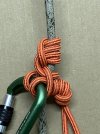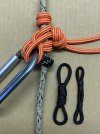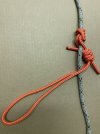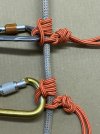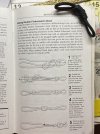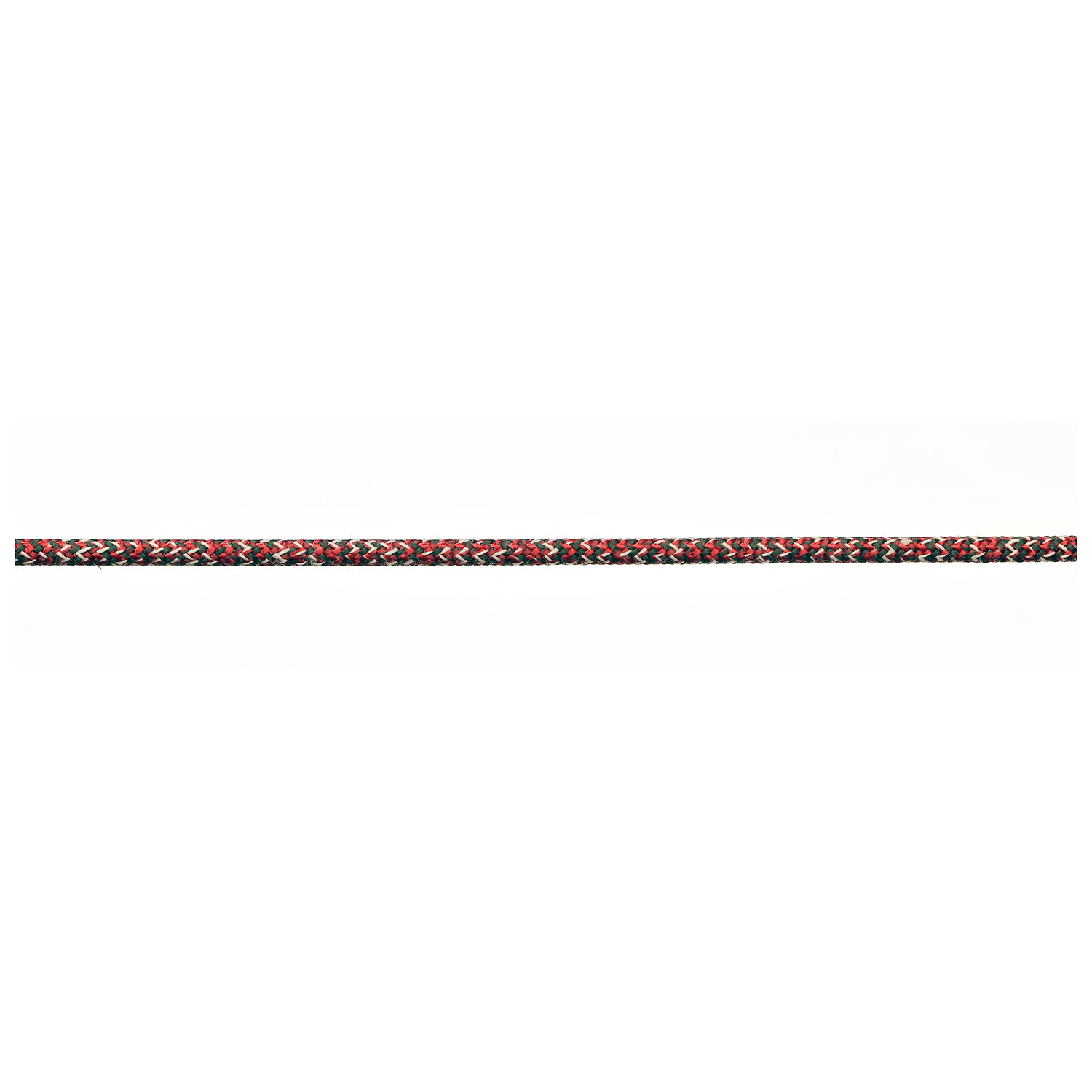Regarding the recent and healthy discussion on what we mean by SELF TENDING, I have given that some thought and also chatted with a few experts and updated my DICTIONARY which already had these terms, but I realized we needed more detail. For example, 'self tending' means something slightly different in the context of a climbing system vs a hitch.
Here's the link so you can see any changes we make based on your feedback. You can message me directly with any comments if ya prefer. This thread is about friction hitches and I don't want to clutter it up with anything not related to friction hitches.
tend / tender/ self tending
Tend: An action/verb causing the movement of a friction device in a desired direction. In rope climbing ascent, the friction device is tended upward for progress capture, removing / minimizing slack in the system.
Tender (or Tending Device) is a device which tends a friction hitch in the desired direction. Pulleys, rings and carabiners are commonly employed as tenders.
Self Tending: The literal definition applies : Tends itself. In the context of describing a system vs a hitch, there are subtle differences.
Self Tending System: A self tending system has automatic progress capture, requiring no manual action to advance the friction device. Example: “Double Blake’s Hitch MRS System”. Note that a self tending system might use a tender.
Self Tending Friction Hitch: One which allows the removal of slack with only one hand by pulling on the tag end of the rope and without the use of a tender. Example 1: Shorten a Tether or Lineman’s belt with one hand. Example 2: Climber is connected to the tree via a friction hitch to a Lifeline which is secured to the tree. Climber steps up, introducing slack, and pulls the tag end of the rope outward and upward, removing the slack with one hand.
progress capture – Automatic consumption of slack, or minimization thereof, typically in the context of ascent, pulling and rigging applications. Example: An MRS climber has the option to either manually advance (tend) the friction hitch after each pull, or to rig the system for progress capture (self tending).
JrbTreeClimbing.com, affiliated with RockNArbor.com
Here's the link so you can see any changes we make based on your feedback. You can message me directly with any comments if ya prefer. This thread is about friction hitches and I don't want to clutter it up with anything not related to friction hitches.
Dictionary - JrbTreeClimbing.com
JRB's Dictionary for Saddle Hunter's Criteria for inclusion: 1) Useful to a large audience of Saddle hunters. 2) Brand agnostic, where possible. 3) Does not include a list of knots, only knot types and some examples. 4) Leave Feedback as appropriate. Get 10% discount using the JRB10 coupon code...
jrbtreeclimbing.com
tend / tender/ self tending
Tend: An action/verb causing the movement of a friction device in a desired direction. In rope climbing ascent, the friction device is tended upward for progress capture, removing / minimizing slack in the system.
Tender (or Tending Device) is a device which tends a friction hitch in the desired direction. Pulleys, rings and carabiners are commonly employed as tenders.
Self Tending: The literal definition applies : Tends itself. In the context of describing a system vs a hitch, there are subtle differences.
Self Tending System: A self tending system has automatic progress capture, requiring no manual action to advance the friction device. Example: “Double Blake’s Hitch MRS System”. Note that a self tending system might use a tender.
Self Tending Friction Hitch: One which allows the removal of slack with only one hand by pulling on the tag end of the rope and without the use of a tender. Example 1: Shorten a Tether or Lineman’s belt with one hand. Example 2: Climber is connected to the tree via a friction hitch to a Lifeline which is secured to the tree. Climber steps up, introducing slack, and pulls the tag end of the rope outward and upward, removing the slack with one hand.
progress capture – Automatic consumption of slack, or minimization thereof, typically in the context of ascent, pulling and rigging applications. Example: An MRS climber has the option to either manually advance (tend) the friction hitch after each pull, or to rig the system for progress capture (self tending).
JrbTreeClimbing.com, affiliated with RockNArbor.com


